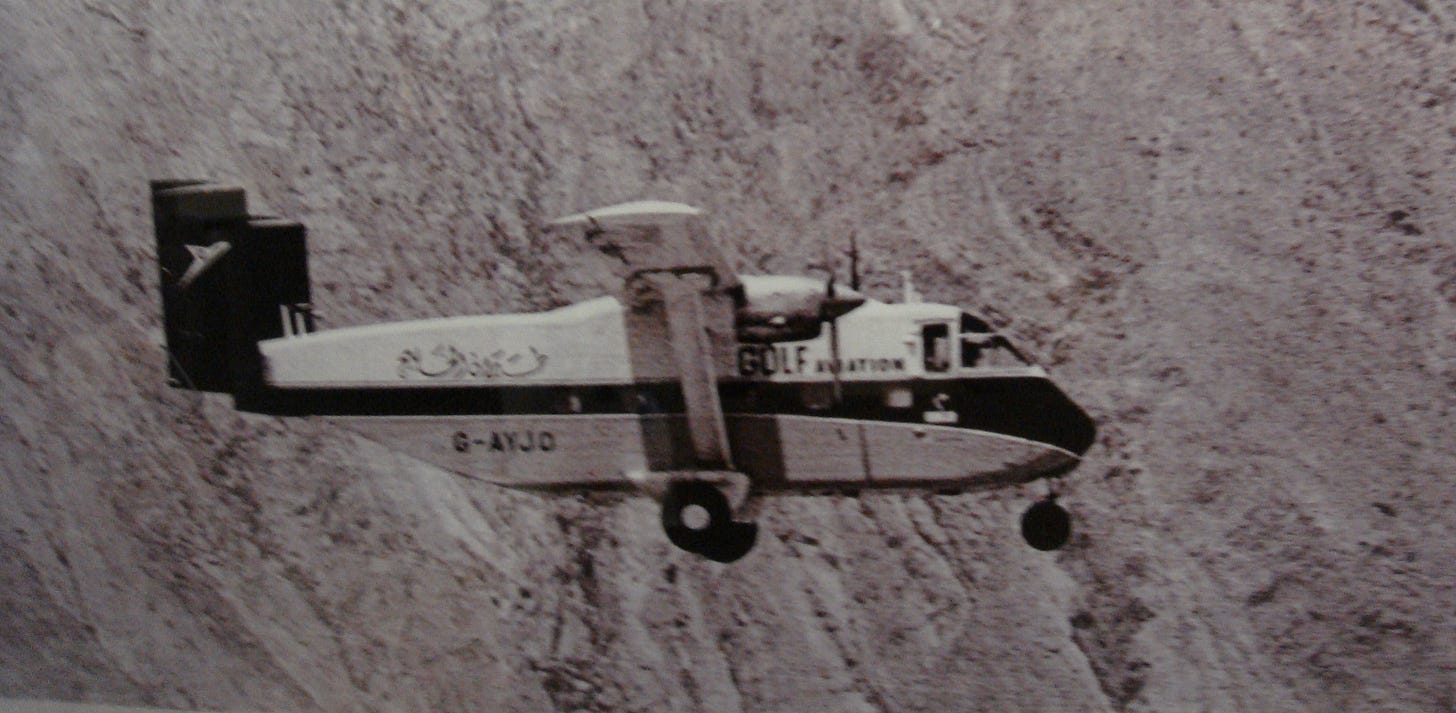Is PROS obsolete?
One of aviation’s largest tech vendors seems to have little relevant left to say
Airline revenue management (RM) has evolved in three stages and we are now in a fourth. The first, which lasted from the 1960s to the 90s, was all about pricing. Recognising that all the seats on big jets like the 747 could not be sold at the traditional high fares, airlines introduced super savers and other discounted tickets which had to be booked in …



